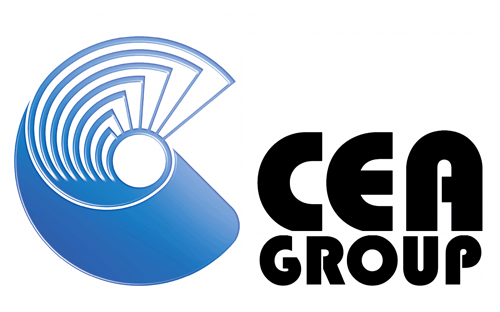automation
Department of automation systems and process control
CEA Group automation department is responsible for applying technological know-how to end users, providing a communication interface between the plant process and operators.
Its mission is to provide process automation for control systems in the metallurgical industry, covering a broad spectrum of technologies ranging from the melt shop process to rolling processes for long and flat products.
The software algorithm models, computerized quality and production control systems are developed internally and are the means to transfer the know-how of the CEA Group designed system to end users.
automation
CEA Group mathematical model
A mathematical model is often constructed with the aim of providing predictions about the future ‘state’ of a phenomenon or system.
Often the terms ‘model’ and ‘system’ are interchangeable from a mathematical-formal point of view.
Generally, the model describes the possible evolution of a phenomenon or a system on the basis of initial data (initial conditions) provided by the user (the input) by returning final data (output).
The effectiveness of the model can then be measured by comparing the final data with the actual observed result of the evolution of the phenomenon or system.
CEA Group mathematical models are able to process data in order to obtain:
• Process optimization
• Self-adaptive algorithms
• Planning-dependent earnings
• Complete management of data on a relational database
automation
Level 2
Primary Data Information
Level 2 CEA Group is a production control system that includes application software modules for order management, finished product storage management, roll storage, material traceability and reporting.
It is a production control system aimed at increasing the efficiency of bar – wire rod – hot rolled flat rolling mills. Its functions are specifically designed for planning, support for factory management, operators, quality inspectors and process engineers in a factory, in order to support them in carrying out their operational tasks.
This support consists in providing timely data of the orders and inventory in the warehouse, the sequence of the short-term orders and the allocation of the material, the production instructions and the information on the results of the production and the quality of the product realized.
Some examples of typical characteristic data contained in the CEA Group level 2 system are:
• Register of Standards
• Limits
• Recipes
• Certificates
• Material tests
• Maintenance movements
• Production scheduling
automation
Level 3
Production plant
With our experience we are able to achieve complete traceability of the production starting from the scrap to the finished product.
We achieve this by acting on all levels of automation, from the electrical panel to the company server.
In the Level 3 area of CEA Group all the data recorded by the lower levels L1-L2 are stored and processed to be made available to more users with even different functions.
Some examples of typical characteristic data contained in the CEA Group level 3 system are:
• Customer orders
• Supplier Orders
• DDT
• Budget data
automation
AC / DC LV Drive
The CEA Group drive construction technology is based on the multidrive type, a solution that allows for a single power supply input with common resources on the panel BUS BAR (typical example of braking for a series of inverters connected on the same BUS BAR).
The technology with the construction of multidrive panels offers a number of advantages such as:
• Simplification in installation
• Savings in wiring, installation and maintenance costs
• Space saving
• Reduced line currents
• Circulation of energy through the bus bar, which can be used for motor-motorcycle brake without the need for a brake chopper or a regenerative power supply unit.





